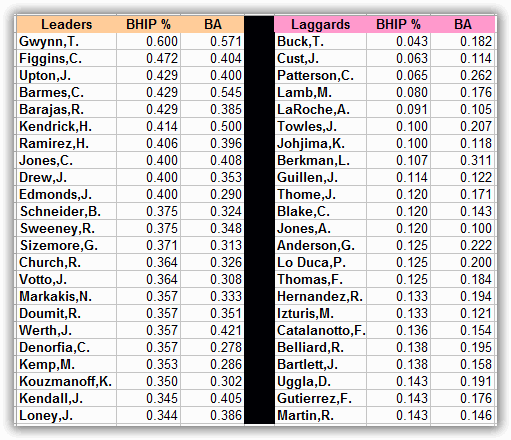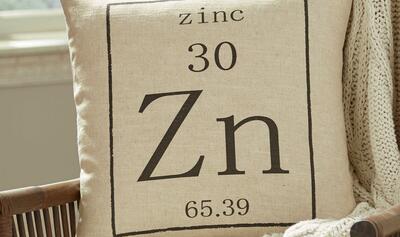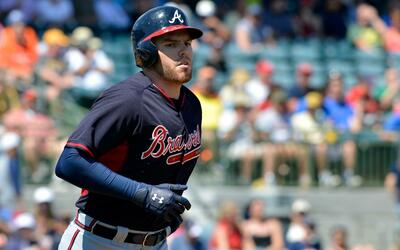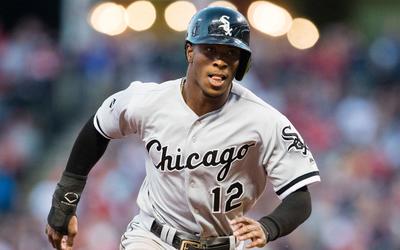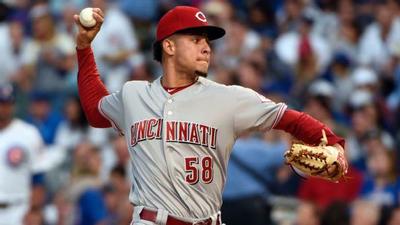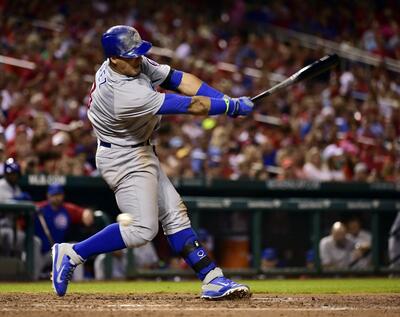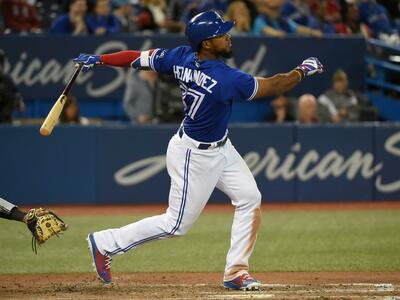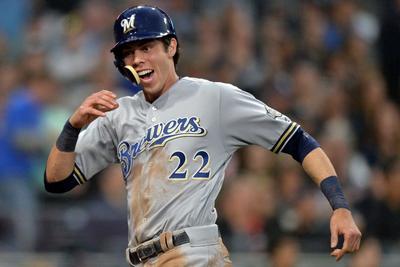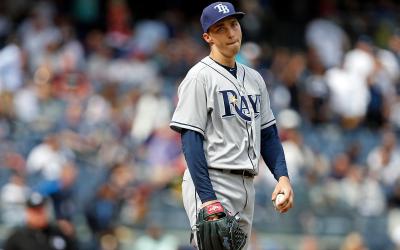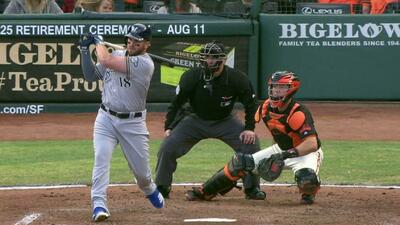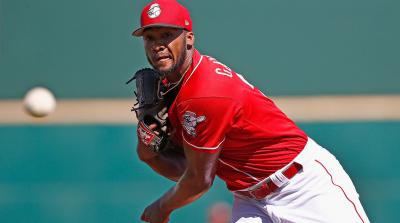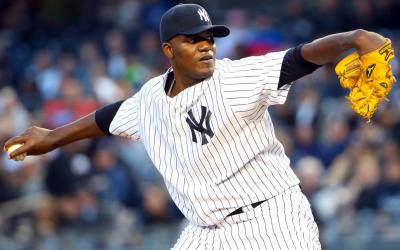According to research by Fantistics.com only 10% of batters have a favorable control of balls hit into play. Such a low number means that many of the leaders in BHIP% (and thus batting average) are there only due to good fortune and could represent batting average downside risk once the luck evens out.
How do you separate the fortunate from the truly skilled? What combination of skills do the skilled hitters possess? It would seem that a good batting eye is a starting point. Selective hitters have the ability to wait for the fat, juicy pitches and thus have an opportunity to get better wood on the ball than their less selective mates. Speed definitely helps, especially for ground ball hitters. Chone Figgins and Jose Reyes have a much better shot at beating out a ground ball than David Ortiz and Frank Thomas. A good contact rate indicates better bat control than one who swings and misses often. The last factor is what kind of contact is one making. A line drive has the best chance of falling for a hit, so those who hit the ball on the nose often would figure to have a high BHIP%. For those who hit ground balls, it will not help unless you either hit the ball hard to find holes and/or have speed to beat out throws. Being an extreme fly ball hitter is great for power (most home runs are fly balls) but a fly ball has the least probability of falling in for a hit.
For long-term BHIP% success we should look for either speedy, ground ball hitters who work counts and make good contact, extreme line-drive hitters, or ones with very high Ct% rates and good batting eyes.
Let’s take a look at the top ten in BHIP% as of Sunday and see who is there because of skill and who is catching some breaks.
Chone Figgins: Except for 2006, Figgins has always had an above average BHIP%, 2004/2005/2006/2007 #’s of .289/.287/.261/.345. However last year was way above anything else he has ever produced and he rode that to a .330 batting average. This year he is hot right out of the gate, .472 BHIP% and a .404 batting average. Of course it won’t stay that high all year, but Figgins seems to either hit ground balls or the ball hard, 2004/2005/2006/2007 GB% of 37%/41%/44%/47% and LD%’s of 25%/22%/21%/26%. He backs up these skills with amazing speed, 2005/2006/2007 SB% of 62/52/41 and a good BB%, 9%/10%/10%. The only part of the equation that is average is his Ct%, 84%/83%/82%, but the combination of the rest of his skills suggests that Figgins is a legitimate .290 to .300 hitter.
Justin Upton: It is hard to get a read on Upton because of the lack of a sizable sample size. There is no question that he is a five-tool talent, but remember he is just 20 years old. His hot start, 5/11/.400, is accompanied by a very friendly .429 BHIP%. In his brief time in the major leagues, 55 games and 185 AB, he has not made good contact, 74% Ct%, or worked counts particularly well, 8% BB%. Given his age and approach at the plate, right now Upton is most likely not in the 10% of hitters that have control over balls put in play.
Howie Kendrick: Kendrick is strange type of hitter. He is extremely inpatient, 2.9% BB% in 641 AB, and doesn’t make great contact, 83% career Ct%, given his lack of power. Despite his high BHIP% of .317 last year, he doesn’t hit the ball particularly hard, 54% GB% and a 16% LD%. Last season was a fluke and so is his hot start this year, 0/4/.500 with a .414 BHIP%.
Hanley Ramirez: Ramirez has the speed/power package and an improving Ct%, 2006/2007 #’s 80%/85%, led to his BHIP% moving from one who doesn’t control balls put in play, 2006 BHIP% of .259, to one who has control, 2007 BHIP% of .280. At 24, Ramirez will only get better, but his high batting average is driven more by his power, .332 last year with 29 home runs and 48 doubles, than singles falling in for hits.
Chipper Jones: For the last two seasons, Jones’ BHIP% has rested right above the threshold, .270 in both seasons. His high batting average last year, .337, was rooted more in his power, 29 home runs and 42 doubles, than his BHIP%
JD Drew: A look at Drew’s BHIP% over the last several seasons, 2005/2006/2007 BHIP%’s of .253/.244/.252 suggests that his .400 BHIP% to start this season is a fluke.
Jim Edmonds: Edmonds .290 batting average is coming with no power, just one extra-base hit in 31 AB, and an inflated BHIP% of .400. Looking at his BHIP% over the last four seasons, .253/.215/.250/.241, makes one very comfortable in calling this a big fluke.
Billy Butler: Butler is not yet displaying the skills of one in the 10% category; 84% Ct%, 7.9% BB%, and a 20% LD% for his career. That being said, he was much better when the Royals called him up for the second time last year and is showing improved skills in his first 49 PA this year, 10.2 BB% and an 86% Ct%. Don’t forget he is just 22 years of age. A batting title may be in his future, but not yet.
Paul Bako: This is the easiest call, his nice start, 0/3/.367 in 30 AB, is purely luck driven, .381 BHIP%. Bako has zero power, 1 home runs in 309 AB over the last two years, a terrible approach at the plate, 8.8% BB% and a 68% Ct% in 2007, and no speed; 4 career steals with the last one coming in 2004.
Brian Schneider: Schneider is 12 for 37, but all of his hits have been singles. Looking at his BHIP% over the last 4 seasons, .228/.234/.260/.210, it is a pretty easy call that his .375 BHIP% is completely luck driven.
